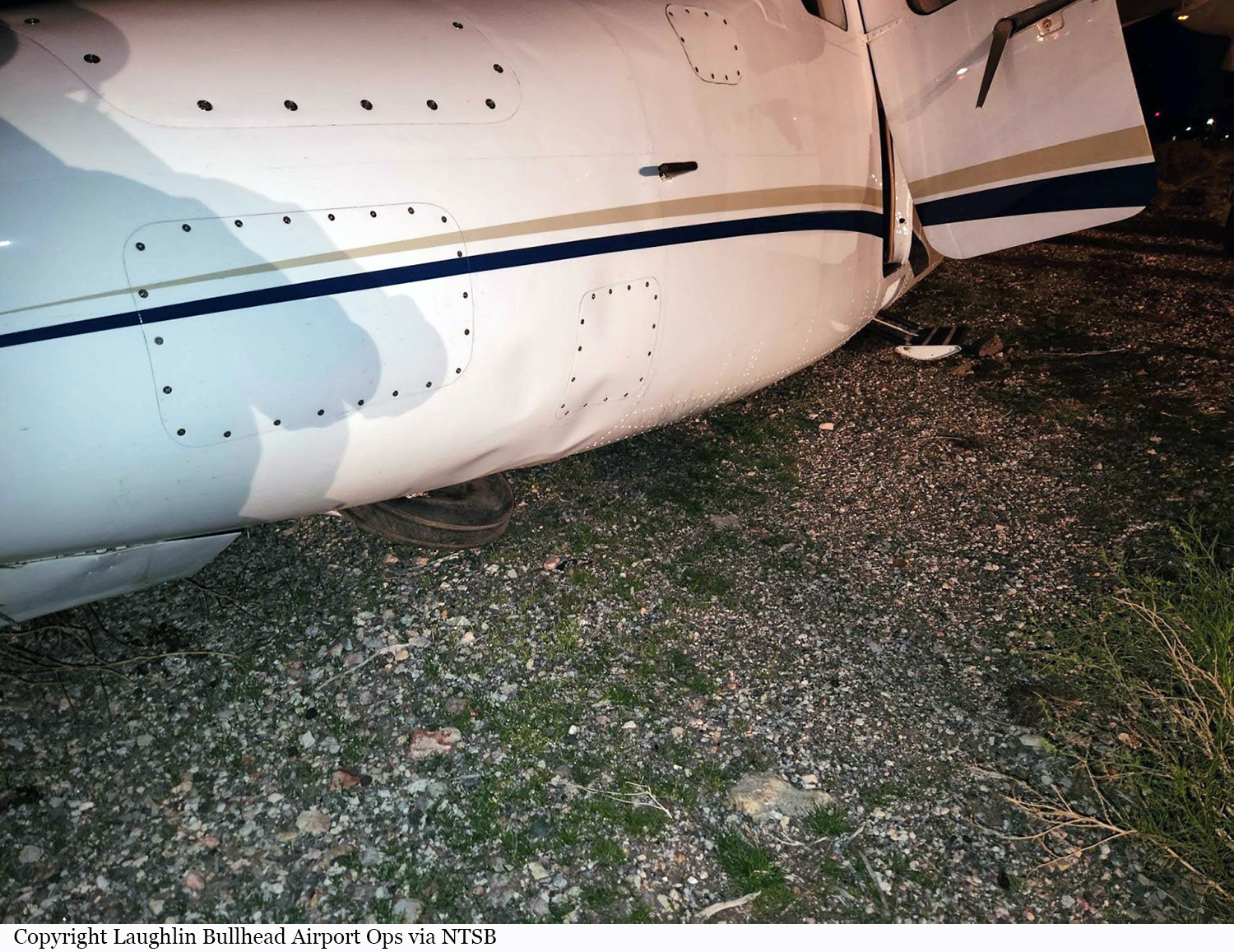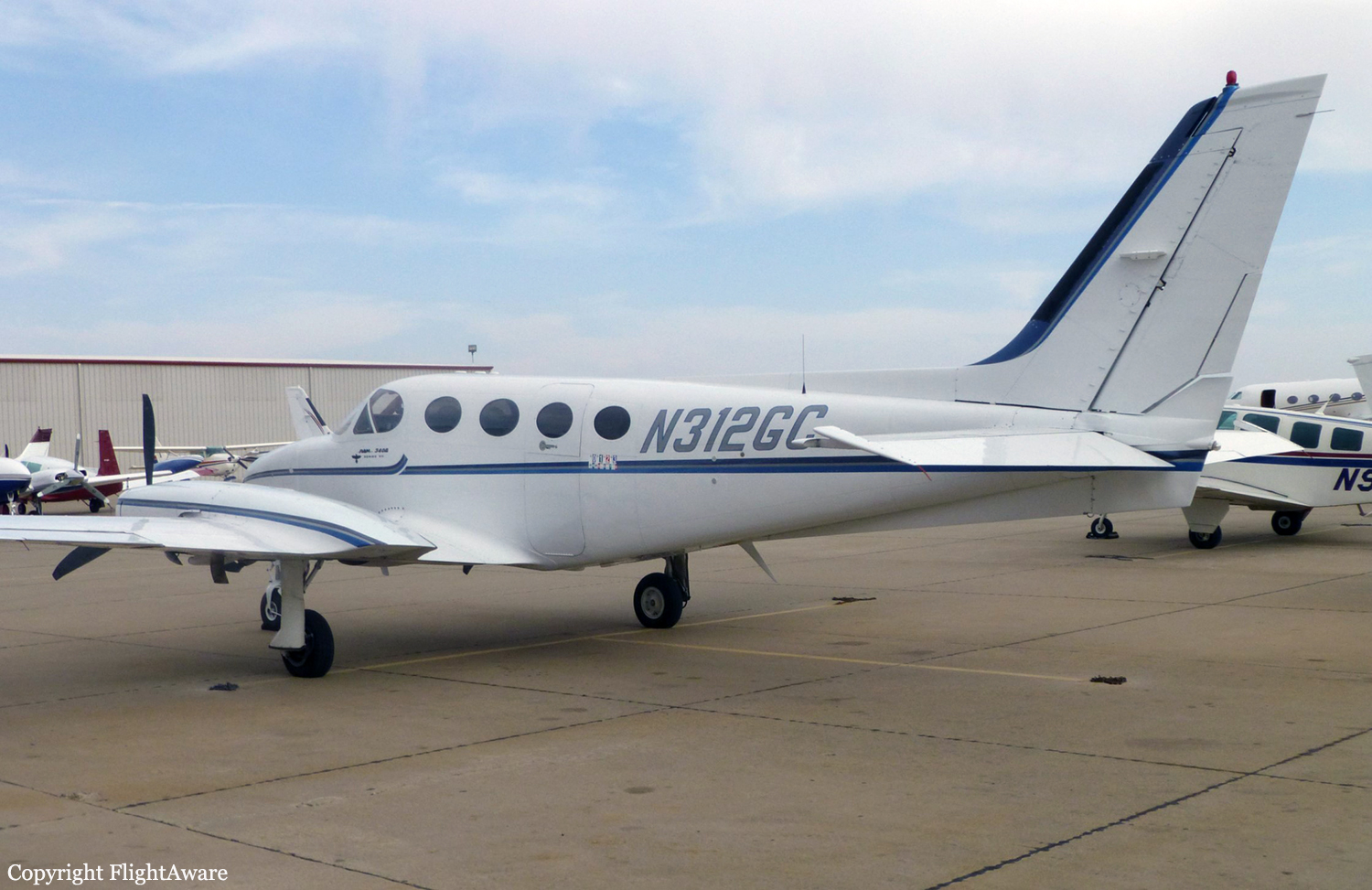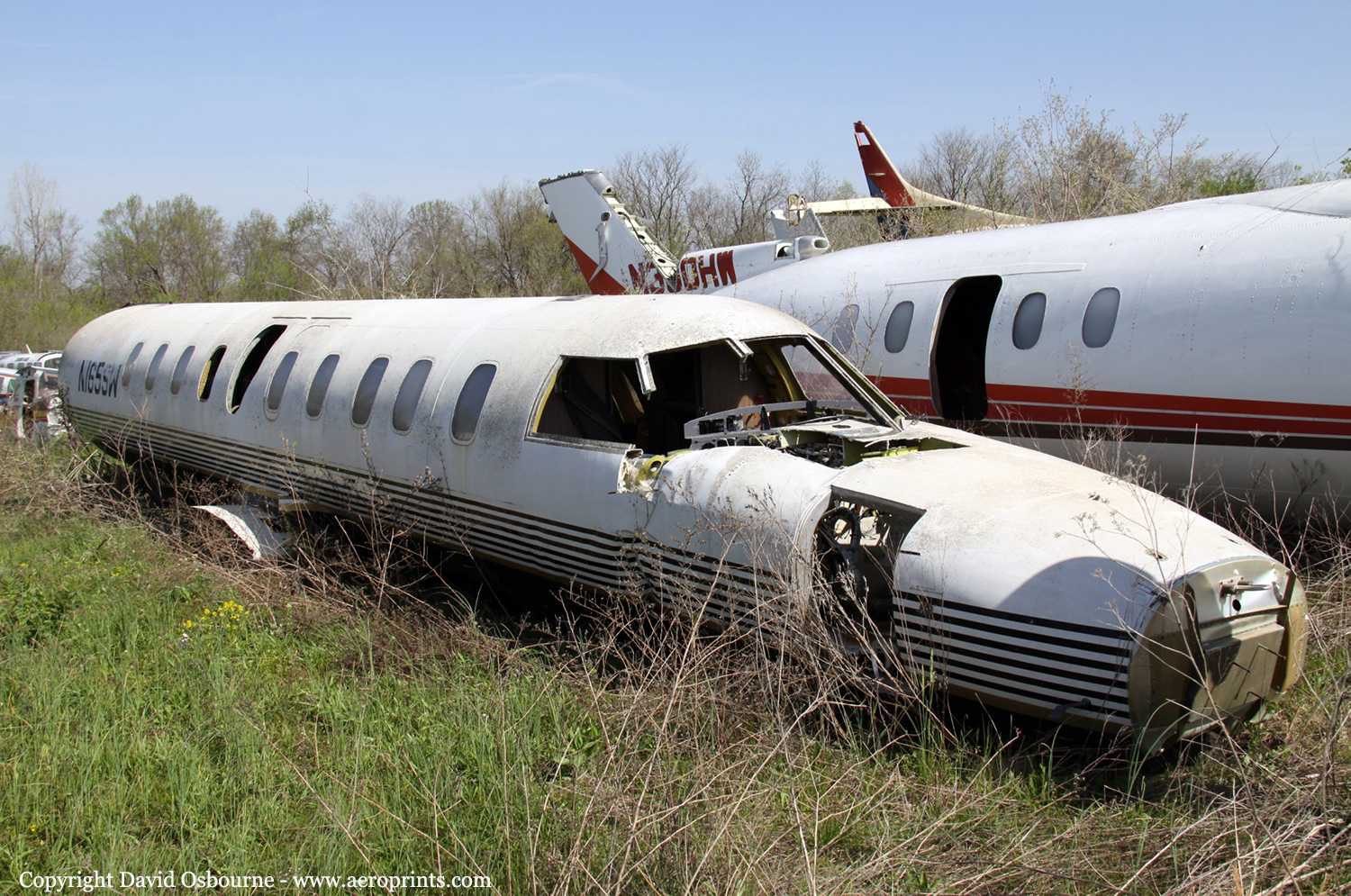Crash of a Rockwell 690A Turbo Commander in Bullhead City
Date & Time:
Mar 6, 2023 at 1945 LT
Registration:
N4PZ
Survivors:
Yes
Schedule:
Plainview – Henderson
MSN:
690-11269
YOM:
1975
Crew on board:
1
Crew fatalities:
Pax on board:
1
Pax fatalities:
Other fatalities:
Total fatalities:
0
Captain / Total hours on type:
3720.00
Aircraft flight hours:
6643
Circumstances:
The pilot reported that while enroute, a low fuel level annunciation occurred. The pilot subsequently prepared to divert to a nearby airport due to low fuel. Within 2 minutes the left engine shut down, followed by the right. The pilot asked air traffic control for vectors to the nearest airport. The sky conditions were clear with no moon, no horizon and no terrain feature visible. While approaching the airport at approximately 2,000 feet above the runway, the airport runway lighting turned off. The pilot was unable to turn the lights back on and subsequently used the terminal and ramp lights to maneuver the airplane to the runway. The airplane touched down and veered off the runway, which resulted in substantial damage to the fuselage. The pilot reported to a first responder that there were no pre accident mechanical failures or malfunctions with the airplane that would have precluded normal operation and that he ran out of gas.
Probable cause:
The pilot’s improper fuel planning for a cross-country flight, which resulted in fuel exhaustion, a total loss of engine power and subsequent impact with terrain.
Final Report:





